Deciphering Autism in Adult Relationships
Navigating the nuances of autism spectrum disorder (ASD) within romantic relationships can be complex, especially when trying to understand if your partner's behaviors align with autism traits. Recognizing common signs and behaviors, learning how autism manifests differently in men and women, and distinguishing between typical and autistic behaviors are crucial steps toward building empathy and effective communication. This article explores how autism can influence relationship dynamics, the challenges and strengths autistic individuals bring, and how supportive strategies can foster harmony and understanding.
Identifying Signs of Autism in Adults
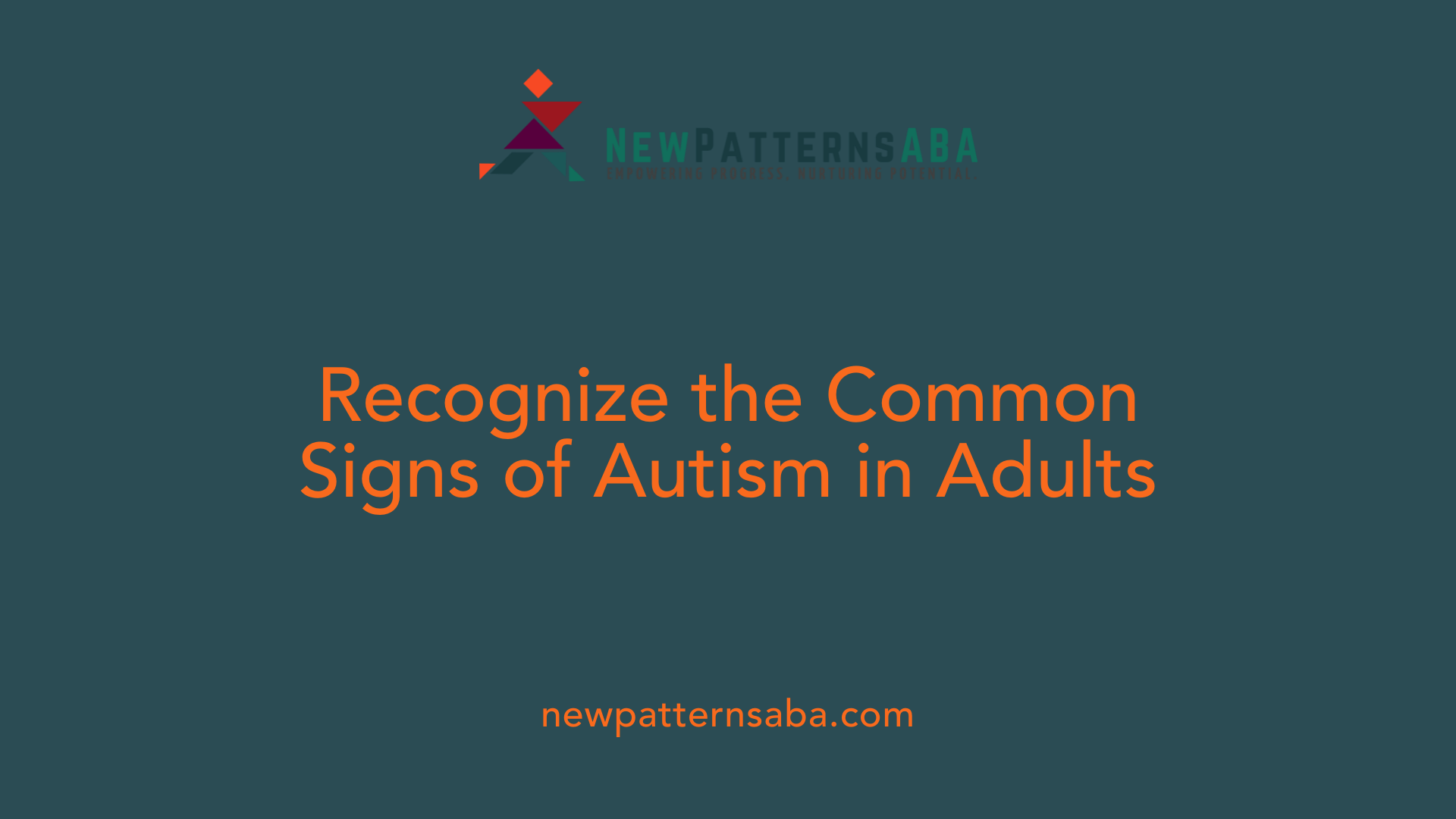
What are common signs of autism spectrum disorder in adults?
Autism Spectrum Disorder (ASD) presents in various ways in adults, often making it challenging to identify without proper evaluation. Some of the most recognizable signs include difficulties in social interaction, such as avoiding eye contact, struggling to interpret social cues like body language and facial expressions, and having trouble engaging in reciprocal conversations. Many adults with ASD find it hard to make and keep friendships, often preferring solitude or feeling uncomfortable in social settings.
Communication challenges are also common. These can include speaking in a blunt tone, having trouble expressing or recognizing emotions, and taking language literally—meaning they might miss sarcasm or humor. They may also have a monotone voice or engage in long monologues about their interests without noticing the listener's engagement.
Restricted interests and routines characterize many autistic adults. They might develop intense hobbies or focus on specific topics to the exclusion of others. Maintaining routines is often crucial; disruptions can cause anxiety or distress, and they may show resistance to change.
Sensory sensitivities are another noticeable sign. Many adults become overwhelmed by loud noises, bright lights, or certain textures. They might react strongly to sensory stimuli that others hardly notice. These sensitivities can lead to withdrawal from environments that are overstimulating.
Behavioral signs like repetitive movements—such as hand flapping, spinning, or pacing—are also indicators. Some adults may engage in certain habits to self-soothe or manage stress. Masking behaviors—mimicking others or hiding their true traits to fit social expectations—are often used but can be exhausting.
Understanding these signs allows for better recognition and support. If someone shows multiple of these behaviors, consulting a healthcare professional for a proper evaluation is recommended. Early diagnosis and tailored interventions can significantly improve social functioning and quality of life.
Manifestations of Autism in Men and Women
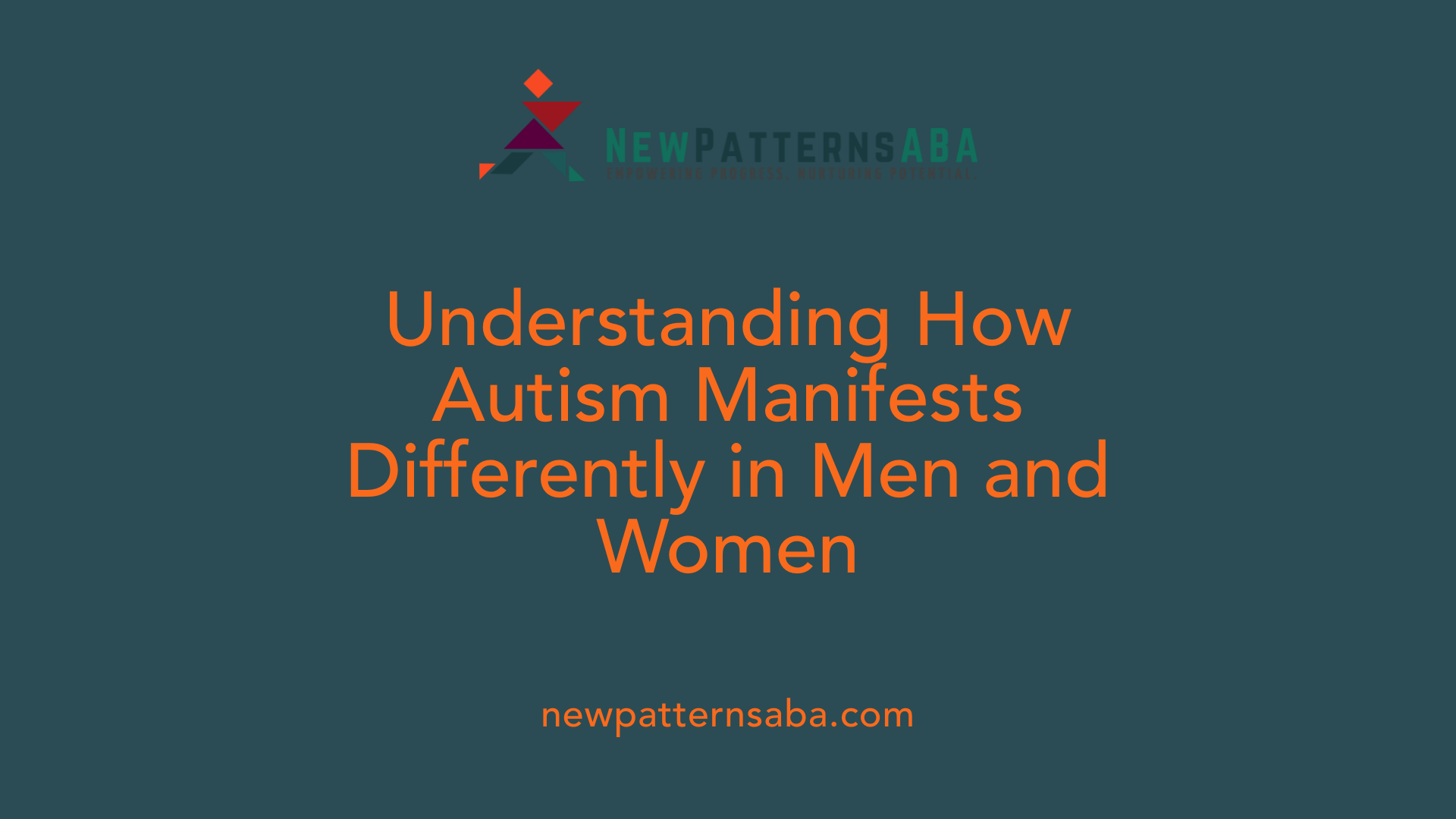
How does autism typically manifest in men, and what behaviors might indicate autism in adult men?
Autistic adult men often display noticeable challenges in social communication. They may struggle to understand social cues, such as facial expressions or body language, and find it difficult to recognize or express emotions effectively. Maintaining eye contact might be uncomfortable, and engaging in typical social interactions can feel awkward or confusing.
Many men on the spectrum prefer solitude, have trouble making or maintaining friendships, and might find romantic relationships challenging. They frequently experience social anxiety and might avoid social settings altogether.
Restricted and repetitive behaviors are common indicators, including intense interests in specific topics, dedication to routines, and sensory sensitivities like hypersensitivity to noise, lights, or textures. Habits such as hand-flapping, rocking, or repetitive speech patterns—sometimes called stimming—are often observed. Difficulty adapting to unexpected changes, taking things literally, and adhering rigidly to routines are also typical traits.
Importantly, many men mask their autistic traits to blend into social environments. This masking may involve mimicking others, suppressing natural behaviors, or hiding difficulties, which can contribute to emotional stress or mental health struggles.
How do signs of autism differ or stay hidden, especially in women?
In women, signs of autism can be more subtle or concealed. They often develop strategies to mask their difficulties, such as mimicking social behaviors or appearing more reserved and quieter. Such masking helps them appear more typical in social settings, but it can be exhausting over time.
Women may also display fewer repetitive behaviors or less overt sensory sensitivities, making autism less obvious. They might appear to cope better with social demands and often maintain a composed exterior, leading to underdiagnosis or late diagnosis.
Because of these masking behaviors, women on the spectrum tend to hide feelings of discomfort, anxiety, or distress, making recognition of their needs more challenging. Understanding these hidden signs is vital for providing appropriate support and reducing the risk of mental health issues stemming from long-term concealment.
Recognizing Behaviors That Indicate Autism in a Partner
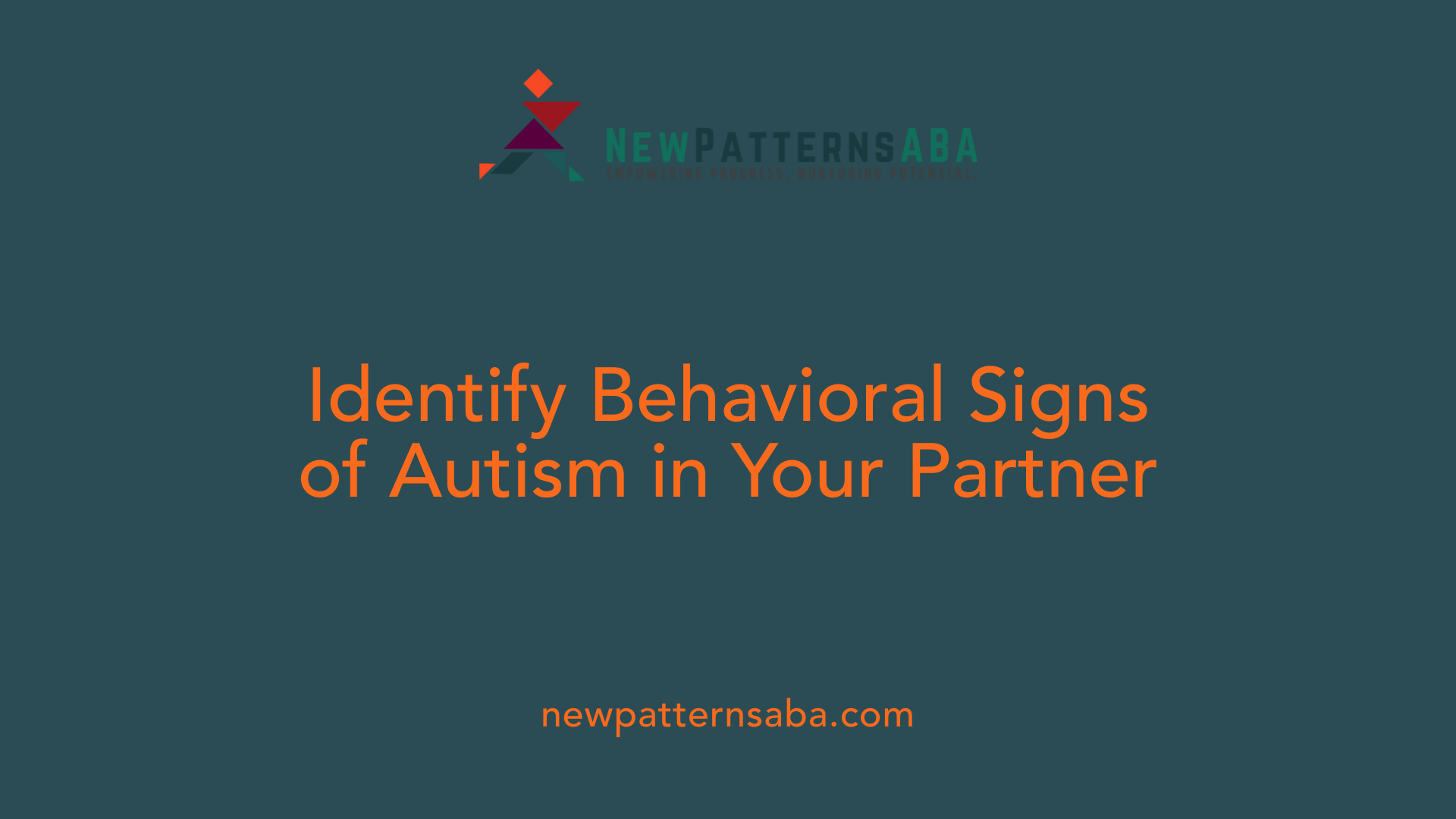
What behaviors in a partner might suggest they are autistic?
Noticing certain behaviors can help identify if a partner may be on the autism spectrum. These signs often include difficulty interpreting social cues, such as avoiding eye contact, having limited understanding of body language, or not picking up on subtle facial expressions. They might also take language literally, missing sarcasm, jokes, or idioms, which can lead to misunderstandings.
An important indicator is their approach to routines. Partners with autism often prefer predictable schedules and may become anxious or upset when plans change unexpectedly. They tend to show inflexibility, sticking rigidly to routines and feeling stressed by unfamiliar situations.
Focused interests are another common trait. A partner might have intense hobbies or hobbies they obsess over, sometimes talking about them at length or engaging in repetitive behaviors like hand-flapping or rocking. These focused interests can sometimes dominate conversations or activities.
Sensory sensitivities are also noticeable. They may become overwhelmed or distressed by loud noises, bright lights, strong smells, or certain textures. For example, they might cover their ears in noisy environments or avoid touching certain fabrics.
Regarding social interactions, they might find it difficult to express feelings or understand social norms. Relationships could feel challenging due to misunderstandings about emotional cues or social expectations.
In summary, behaviors such as social cue difficulties, a preference for routines, intense interests, sensory sensitivities, and challenges in social engagement can point to autism. Recognizing these signs allows partners and friends to better understand their loved ones and seek appropriate support or professional evaluation.
Impact of Autism on Romantic Relationships
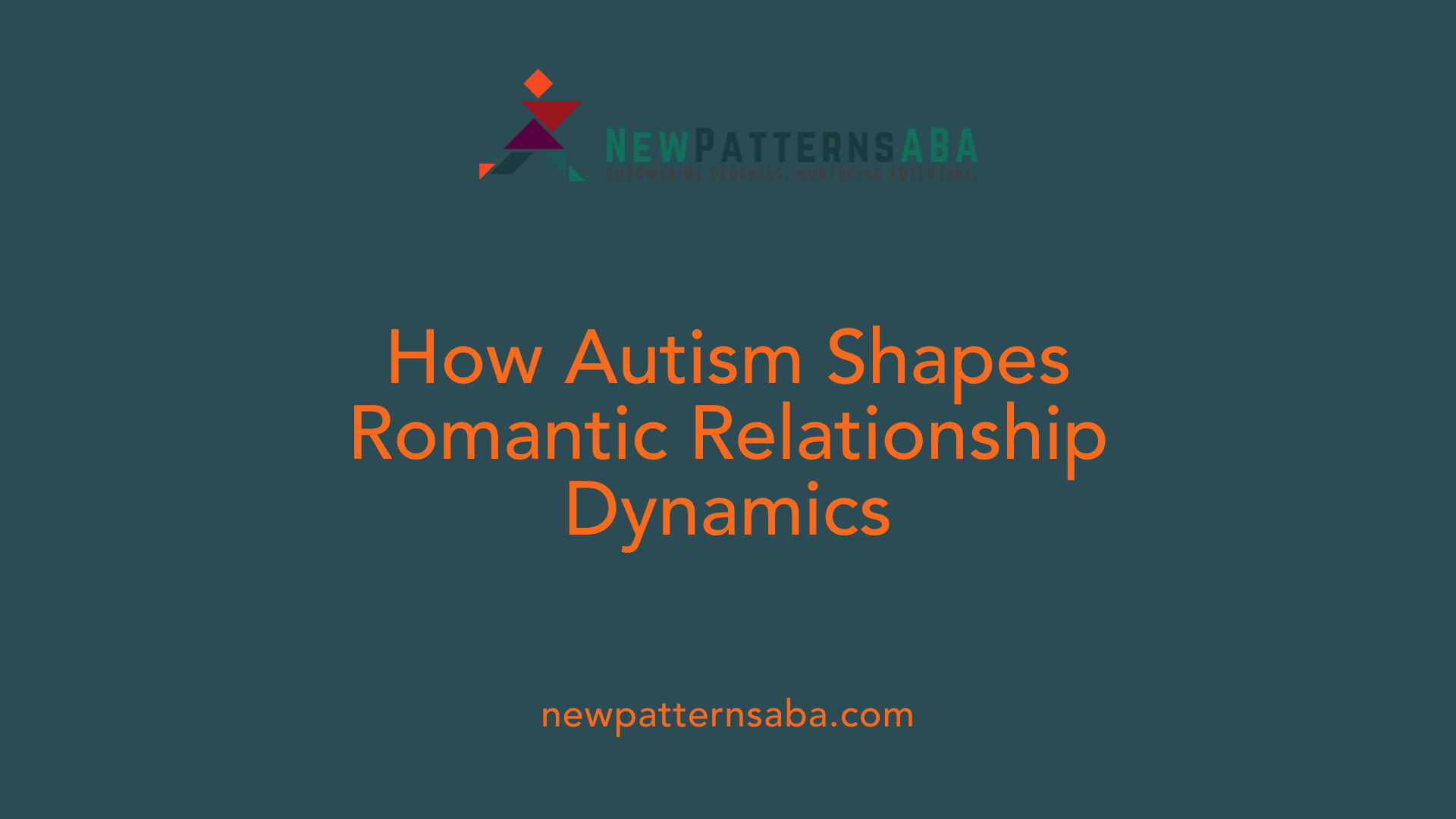
How does autism affect romantic relationship dynamics and communication?
Autism can influence the way partners experience and navigate romantic relationships significantly. Autistic individuals often express love differently, placing emphasis on actions, loyalty, and shared interests rather than traditional verbal or physical gestures.
Communication challenges are common, including difficulty reading facial cues, body language, and tone of voice. Many with autism take language literally, which can lead to misunderstandings in everyday interactions. Their preference for routines and predictability, along with sensory sensitivities to lights, sounds, or touch, can impact intimacy and spontaneous interactions.
Despite these challenges, strong, meaningful connections are possible. Successful relationships usually involve clear, explicit communication and a deep understanding of each other's needs and strengths. Patience, flexibility, and honest dialogue are essential to nurture mutual respect and affection.
How does autism affect expressing love?
Individuals on the spectrum may not display affection or love through typical gestures. Instead, they might show love through actions such as consistent availability, sharing special interests, or acts of service. Sometimes, they might find it difficult to vocalize their feelings or express emotions openly, but their devotion can be profound.
Understanding this different mode of expressing love requires patience and attentiveness from partners. Recognizing these behaviors as expressions of connection helps build trust and emotional bonds.
How can partners understand sensory needs?
Sensory sensitivities are common in autistic adults. They might react strongly to loud noises, bright lights, certain textures, or physical touch. Some may prefer solitude to avoid overstimulation, while others may dislike unexpected touch or physical closeness.
Creating a supportive environment involves respecting these sensory needs. This can mean establishing routines, providing quiet spaces, or choosing activities that are comfortable for both partners. Open dialogue about sensory preferences can prevent misunderstandings and foster a sense of safety.
Building mutual understanding
Building a healthy relationship with an autistic partner involves learning about autism and approaching interactions with curiosity. Each person’s traits are part of who they are, and embracing these differences strengthens the bond.
Effective communication should be patient, clear, and tailored to each partner’s style. It’s important to avoid assumptions and instead ask about preferences or discomforts.
Mutual understanding also entails recognizing and respecting routines, sensory sensitivities, and communication differences. This supportive approach creates space for authentic connection, trust, and love.
| Aspect | Challenges | Strategies | Examples |
|---|---|---|---|
| Social cues | Missing facial expressions, gestures | Explicit communication, asking clarifying questions | Saying, "I didn’t understand that; could you explain?" |
| Expressing emotions | Difficulty sharing feelings | Use of creative outlets or written expression | Writing a love note instead of saying it aloud |
| Sensory sensitivities | Overstimulation from sights, sounds, touch | Environment adjustments, sensory breaks | Quiet routines, avoiding loud events |
| Routine adherence | Resistance to change, preference for predictability | Planning ahead, gradual adjustments | Maintaining consistent schedules |
| Showing affection | Limited physical touch or verbal affirmations | Actions that demonstrate care | Preparing favorite meals, doing favors |
Overall, understanding the unique ways in which autistic individuals experience and express love helps partners develop stronger, more empathetic, and fulfilling relationships.
Differentiating Behavioral Signs from Typical Behavior and the Importance of Professional Diagnosis
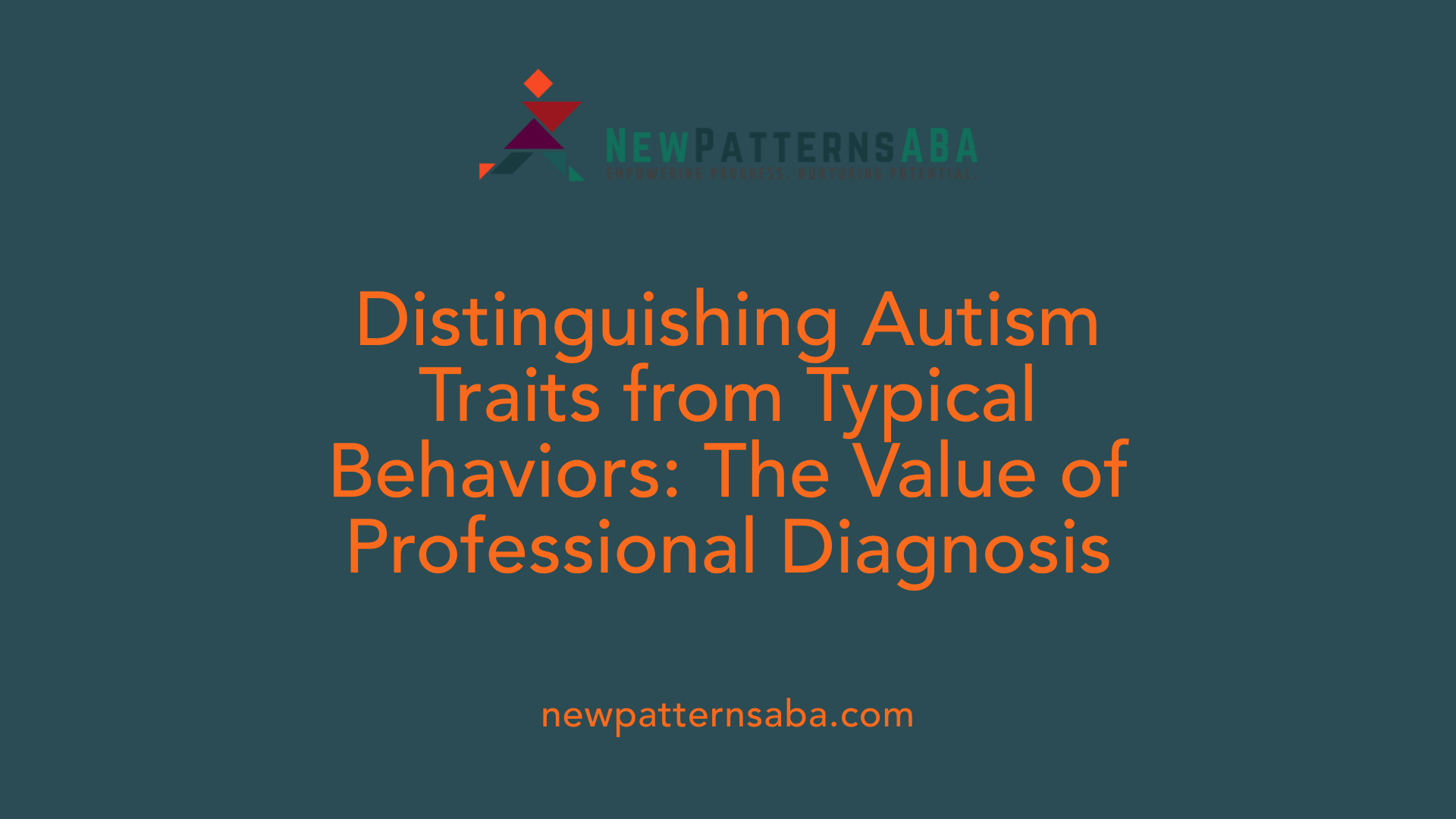
How can I differentiate between typical behaviors and signs that may indicate autism in an adult partner?
Understanding whether an adult partner's behaviors are typical or suggestive of autism can be complex. Observing persistent social difficulties is a good starting point. For instance, challenges in interpreting social cues like facial expressions, body language, and tone of voice often stand out. If your partner experiences limited eye contact, struggles to reciprocate conversations, or frequently talks about their own interests at the expense of listening, these may be signs.
In addition, look for behaviors such as the preference for routines, resistance to changes, and intense interests that occupy much of their focus. Repetitive movements, like hand flapping or rocking, can also be indicators, although these are less common in adults and may be more subtle. Sensory sensitivities are another important aspect—some may react strongly to loud noises, bright lights, or textures, while others might seem unaffected.
However, many of these behaviors can overlap with neurotypical traits, and some adults may mask their signs to fit social norms. This masking can make the signs less obvious, especially in work or social settings. Therefore, it’s crucial to recognize that behavior alone cannot provide a definitive diagnosis.
Consulting a healthcare professional is essential. A comprehensive assessment by a qualified clinician involves detailed interviews, behavioral observations, and possibly standardized testing. If these signs are persistent, cause difficulty in daily life, or affect emotional well-being, professional evaluation can clarify whether autism spectrum disorder (ASD) is present and guide appropriate support.
In summary, differentiating typical from atypical behaviors requires careful observation and professional insight. Early diagnosis and understanding can improve relationship dynamics, communication, and overall quality of life for both individuals and their partners.
How can understanding this distinction improve relationships?
Knowing whether your partner is on the autism spectrum helps tailor your interactions, showing patience and empathy. Recognizing their unique ways of communicating and experiencing the world fosters understanding and reduces misunderstandings. If a professional diagnosis confirms autism, couples can work together through strategies like clear communication, respecting sensory boundaries, and supporting routines. Ultimately, awareness and professional guidance are crucial in nurturing a healthy, supportive relationship.
Learning About Autism in Adults and Resources for Support
What resources are available to learn more about autism in adults?
There are many reliable sources to increase understanding about autism in adults. Organizations like the Autism Adult Network (AANE) and the Autistic Self Advocacy Network (ASAN) provide extensive information, peer support, and advocacy tools designed specifically for adult autistics. These groups offer guides on navigating daily life, employment, and social relationships.
Government agencies such as the Centers for Disease Control and Prevention (CDC), the National Institute of Child Health and Human Development (NICHD), and the National Institute of Mental Health (NIMH) publish research, fact sheets, and policy briefs that inform about autism spectrum disorder across the lifespan.
Online communities and local support groups serve as platforms where autistic adults and their loved ones can share experiences, offer encouragement, and exchange practical advice.
Specialized resources also focus on critical areas like employment, housing, healthcare, transition planning, and community safety. Many programs provide training for professionals and healthcare providers to create services that are more autism-friendly.
All these resources aim to promote understanding, improve access to care, and support the wellbeing of autistic adults.
Is it possible to find out if my partner is autistic without an official diagnosis?
While it’s not possible to deliver an absolute answer without a formal evaluation, some tools can help you explore whether your partner exhibits autistic traits. The Autism Spectrum Quotient (AQ) is a popular self-assessment questionnaire that measures tendencies related to social behavior, communication, sensory sensitivities, routines, and interests.
It's important to remember that the AQ and similar tools are not diagnostic. They offer insights but do not replace comprehensive assessments performed by licensed healthcare professionals. These evaluations consider developmental history, personality traits, and behaviors to accurately diagnose autism.
If your partner’s behaviors suggest they might be on the spectrum, encouraging them to consult with a qualified clinician can provide clarity and access to necessary support services. Only a trained professional can confirm a diagnosis, which can be beneficial for understanding their experiences and planning appropriate support.
Empathy and Support in Navigating Autism
Understanding whether your partner might be on the autism spectrum involves recognizing the signs and behaviors associated with ASD, many of which can overlap with typical traits but may be more persistent or intense. Awareness of how autism manifests differently in men and women, along with an appreciation for sensory sensitivities, routines, and communication styles, is key to fostering patience and empathy. Remember that only qualified professionals can make an official diagnosis, but learning about these traits can greatly enhance your understanding and supportiveness. Building open, honest dialogue, respecting your partner's unique ways of expressing love, and seeking appropriate resources can lead to a healthier, more compassionate relationship. With knowledge and kindness, you can navigate your journey together with confidence and care.
References
- Signs of autism in adults - NHS
- 8 Signs Your Partner Is on The Autism Spectrum - Psych Central
- Is My Partner on the Spectrum? Autistic Adults Couples Therapy ...
- Does My Boyfriend Have Autism? Signs of Autism in Your Boyfriend
- How to Know If Your Partner Has Autism - thriving wellness center
- 8 Subtle Signs You Or Someone You Love Has Autism Spectrum ...
- Adult Autism and Relationships - HelpGuide.org





